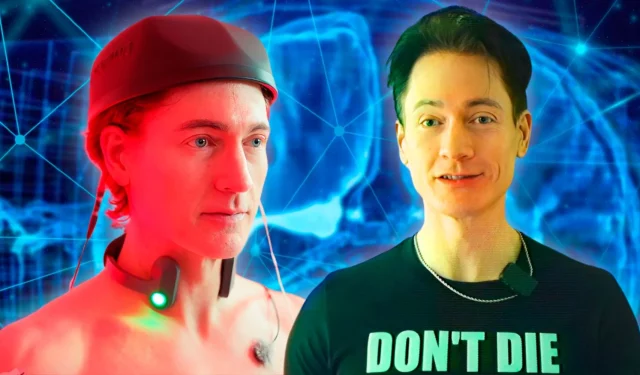
Don’t Die: The Man Who Wants to Live Forever
Available now on Netflix, this compelling documentary spotlights Bryan Johnson’s ambitious quest for anti-aging and life-extending technologies. The film not only showcases Johnson’s unconventional approaches to reversing the aging process but also introduces viewers to Minicircle, a groundbreaking gene therapy company operating out of Honduras.
Bryan Johnson: The Tech Mogul Turned Health Innovator
Since launching his health initiative, Project Blueprint, in 2021, Bryan Johnson has captured public attention with his extraordinary and sometimes controversial health regimens. His social media presence has grown rapidly as he shares his journey of seeking eternal youth. Among his more controversial practices is the plasma transfusion he undergoes with his son and father, drawing both fascination and criticism. Nevertheless, his pursuit of radical health innovations extends beyond these practices.
Understanding Minicircle: A Pioneer in Gene Therapy
Minicircle’s Unique Approach

In the film, Bryan Johnson travels to Honduras to engage with Minicircle, a biotechnology company that markets reversible gene therapy. Unlike traditional gene therapies that permanently alter DNA, Minicircle’s innovative treatments are designed to integrate into the body without permanent changes, thereby allowing for potential reversibility via advanced mechanisms including a “kill switch.”
Minicircle’s Offerings: Klotho and Follistatin Therapies
According to Minicircle’s official site, the company specializes in two primary therapies: klotho and follistatin gene therapy. Klotho therapy is posited to address age-related cognitive decline and various chronic diseases, while follistatin therapy is recognized for its applications in muscle growth and conditions like sarcopenia and ALS. The documentary predominantly examines the follistatin therapy, emphasizing its role in Bryan’s regimen.
Why Honduras? The Legal Landscape of Gene Therapy
Regulatory Advantages in Próspera

While it may seem unusual for an American entrepreneur to seek treatment in Honduras, the documentary clarifies that Minicircle’s operations in the city of Próspera—a special economic zone—allow it to bypass certain regulatory constraints prevalent in the U.S. Here, the company operates under the oversight of an ethics review board, enabling it to conduct innovative research and therapies that might not yet be permissible in more regulated markets like the United States.
Measuring Results: Bryan Johnson’s Muscle Mass Gains
Quantifying the Impact of Gene Therapy

Throughout the documentary, viewers learn about the effects of follistatin gene therapy on Johnson’s physique. As noted towards the film’s conclusion, “Six months after receiving follistatin gene therapy, Bryan’s muscle mass increased by 7%.”This claim suggests a promising outcome for Bryan, although broader questions regarding the overall efficacy of such therapies remain unresolved. Don’t Die: The Man Who Wants to Live Forever leaves audiences both informed and intrigued by Minicircle and its potential in the world of gene therapy.




Leave a Reply